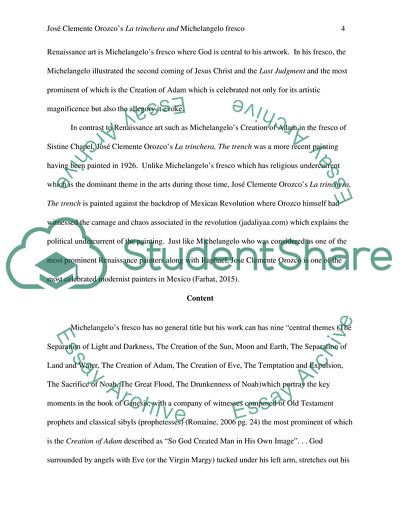Cite this document
(Jos Clemente Orozcos La Trinchera and Michelangelos Fresco Research Paper - 1, n.d.)
Jos Clemente Orozcos La Trinchera and Michelangelos Fresco Research Paper - 1. https://studentshare.org/performing-arts/1881443-art-history
Jos Clemente Orozcos La Trinchera and Michelangelos Fresco Research Paper - 1. https://studentshare.org/performing-arts/1881443-art-history
(Jos Clemente Orozcos La Trinchera and Michelangelos Fresco Research Paper - 1)
Jos Clemente Orozcos La Trinchera and Michelangelos Fresco Research Paper - 1. https://studentshare.org/performing-arts/1881443-art-history.
Jos Clemente Orozcos La Trinchera and Michelangelos Fresco Research Paper - 1. https://studentshare.org/performing-arts/1881443-art-history.
“Jos Clemente Orozcos La Trinchera and Michelangelos Fresco Research Paper - 1”. https://studentshare.org/performing-arts/1881443-art-history.


